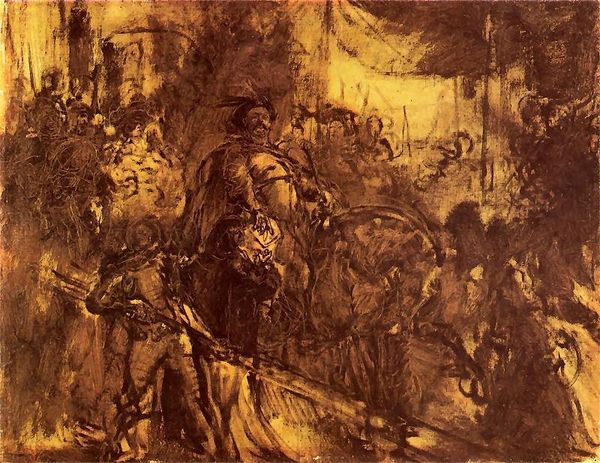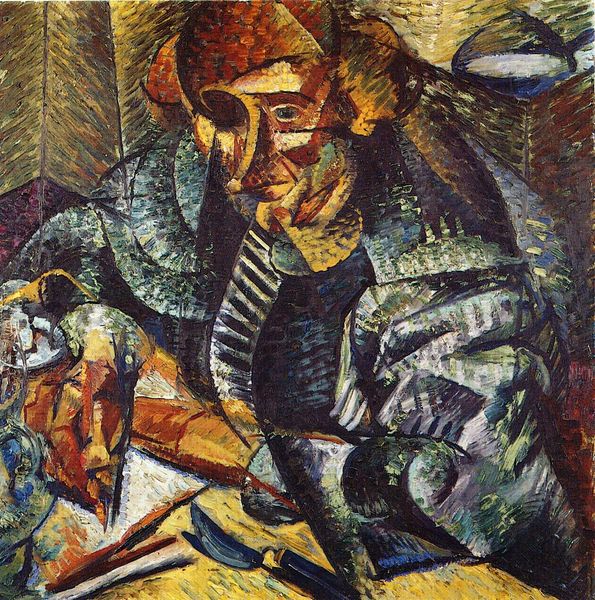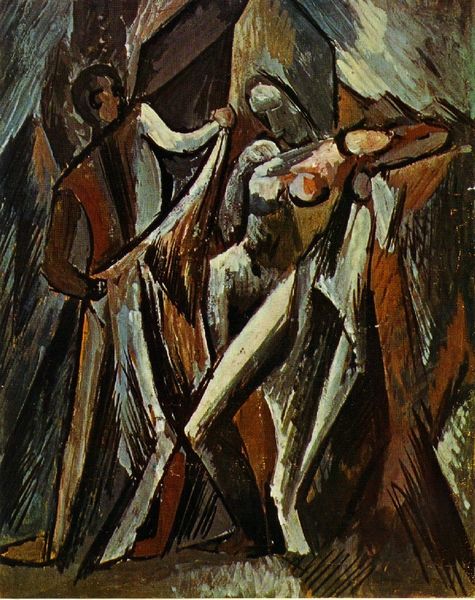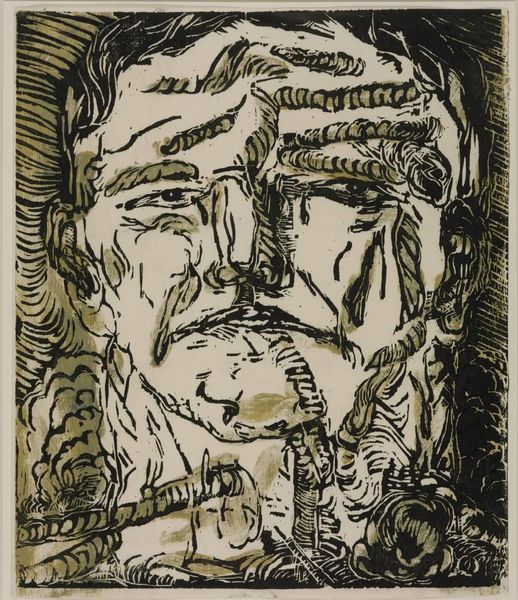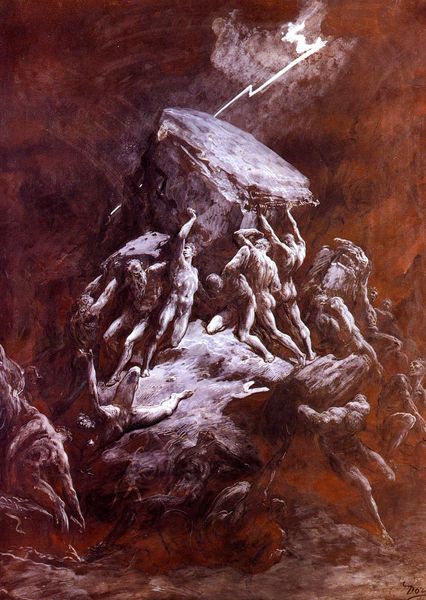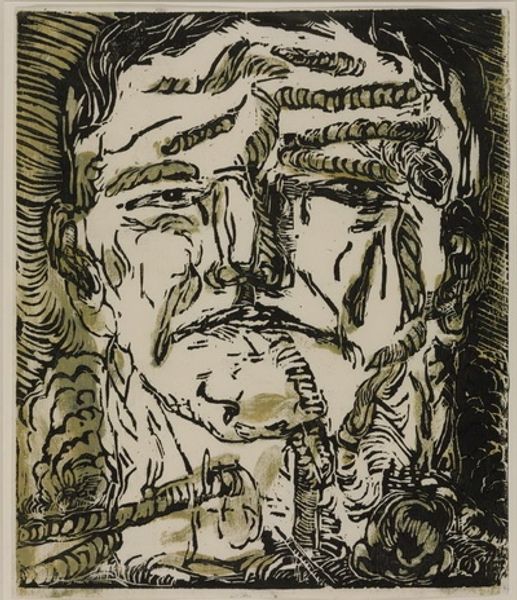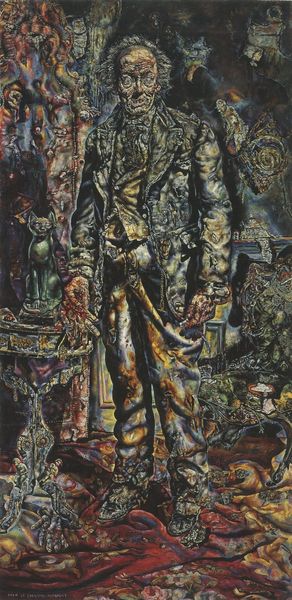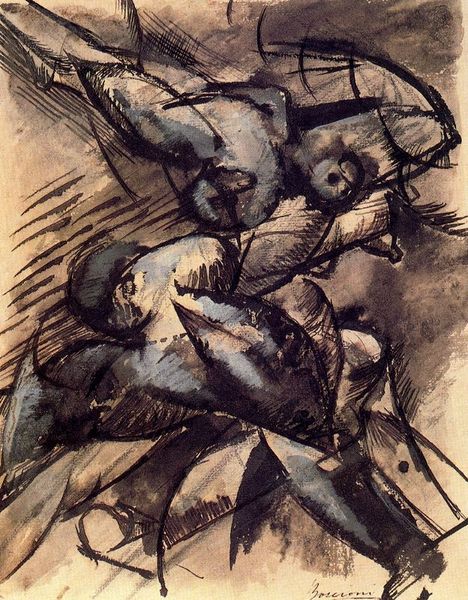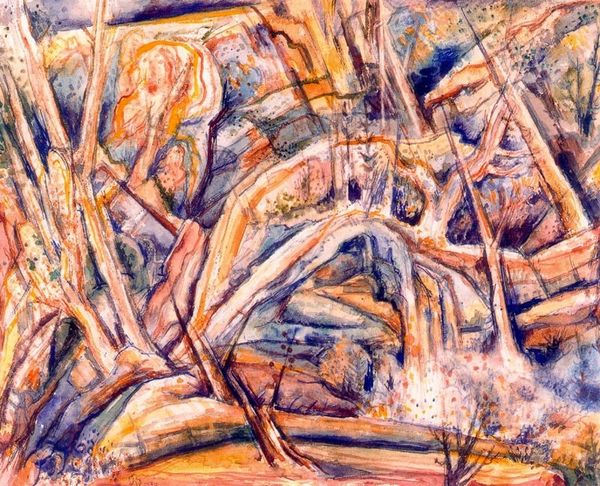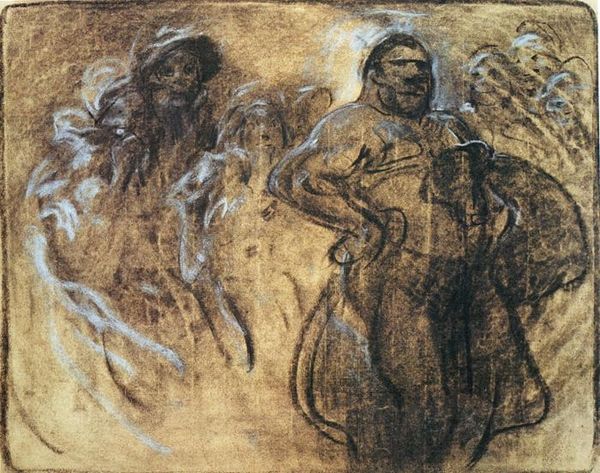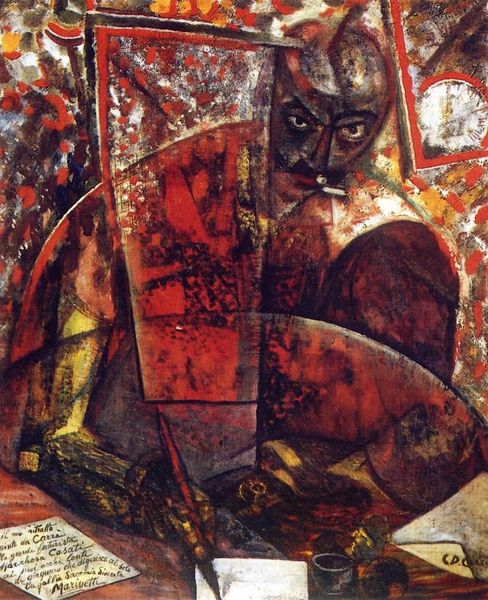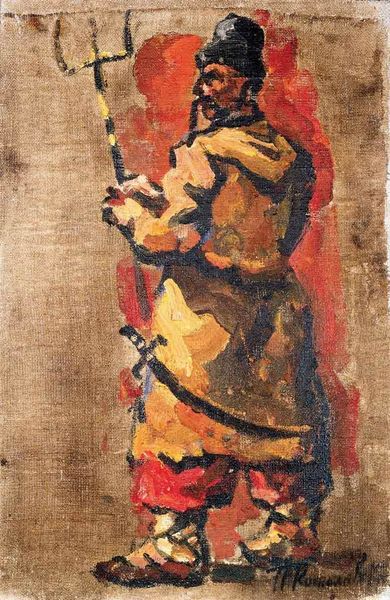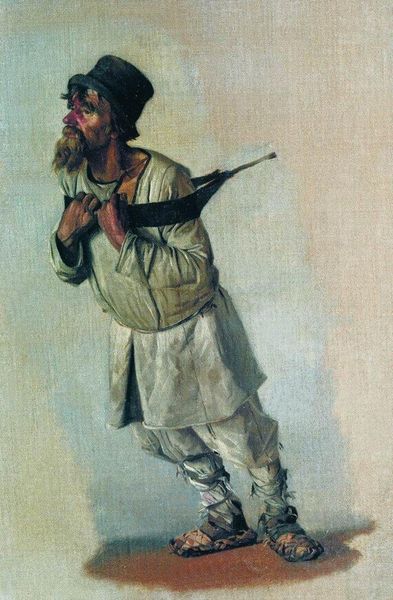
painting, oil-paint
#
portrait
#
painting
#
oil-paint
#
figuration
#
oil painting
#
expressionism
#
history-painting
#
expressionist
Copyright: Vela Zanetti,Fair Use
Editor: So this oil painting is called "Don Quijote inmortal" by Vela Zanetti, and I’m really struck by the expressive brushstrokes. It makes the figure feel very dynamic, even timeless. What do you see in this piece? Curator: Well, knowing Zanetti, a Spanish artist who spent a significant part of his life in exile, particularly interests me here. "Don Quixote" as a subject speaks to a deeper longing for justice and idealism, very possibly influenced by Zanetti’s socio-political landscape. Considering his historical context – the aftermath of the Spanish Civil War and the rise of authoritarian regimes – how might this inform our reading of the 'immortal' Quixote? Editor: That makes a lot of sense! So, Don Quixote isn't just a literary figure, but maybe a symbol of resistance or enduring hope, viewed through the lens of Zanetti's own experiences? Curator: Precisely. It’s essential to think about how museums, galleries, and political climates often influence not just how art is created, but also how it's perceived. A work like this serves almost as a reminder of the enduring human spirit. Note the active brushstrokes that could emphasize constant battle or struggle. What’s your take on his use of expressionistic style, considering the context? Editor: Now I see it; the expressive brushwork is not just about aesthetics, but a reflection of internal turmoil. It encourages a reevaluation of how we regard the political relevance and potency of classical tales. Curator: Right. And thinking about art this way lets us explore broader conversations about the political roles of artists and museums in societies past and present. Editor: Thanks for illuminating the background behind this artwork, it made my day! Curator: My pleasure, understanding those connections transforms our viewing experience!
Comments
No comments
Be the first to comment and join the conversation on the ultimate creative platform.
